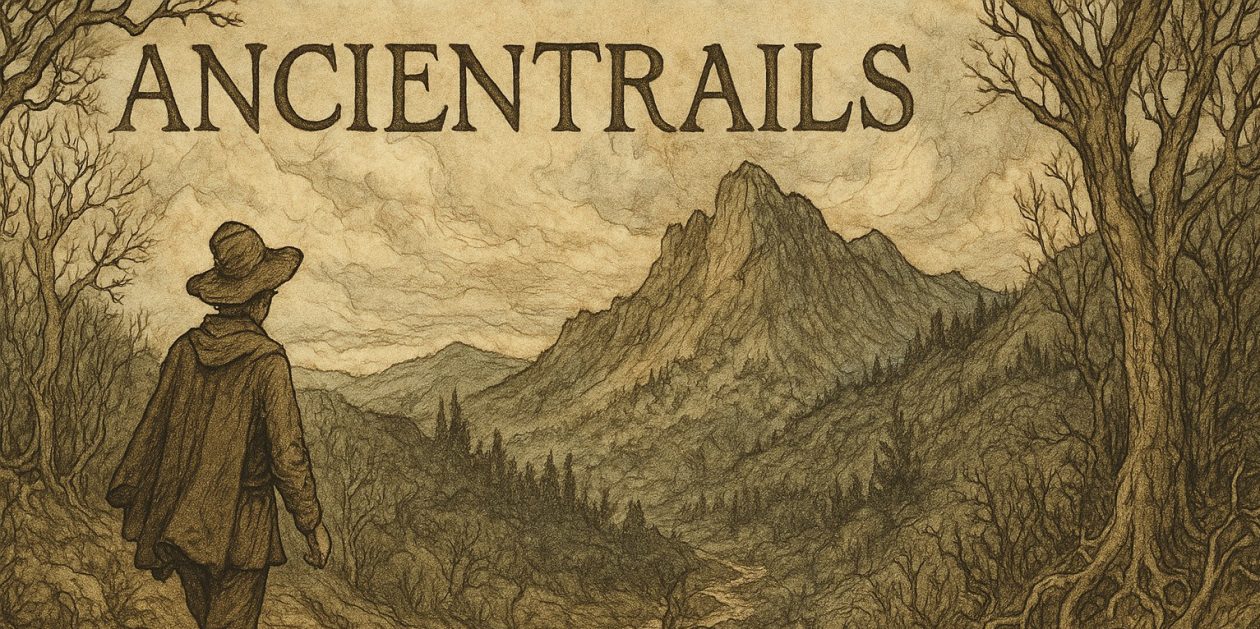68 bar rises 29.89 omph NW dew-point 64 sunrise 6:03 sunset 8:35 Lughnasa
Waxing Crescent of the Corn Moon
Another Monday on the treadmill. In Victorian England they used the treadmill as a punishment in the gaol. Now I pay big bucks for one so I can do it voluntarily. How times change.
Woollies tonight at the Black Forest. Frank, Bill, Mark, Scott and me. We discussed the peculiar propensity for conservatives to shut off their otherwise keen intellects when it comes to political matters. Bill thinks it’s because they have propensity to believe authority. Maybe so, but they pick the authority that agrees with their bias. The part that bothers me about most of the conservative rant is their unwillingness to think critically, to evaluate evidence on its merit, rather than its fit with the ideological spin of the moment.
Mark’s stepson, Christopher, took him to a legal tagging wall. It’s at Intermedia Arts on Lyndale near 28th Street. The police have set up this free wall, supposedly the only one in the US (a tagger on an expensive bike with a thick chain worn across his upper body like the sacred thread of the Brahmin told us this.). Taggers can sign up for a large chunk of the wall. They then have the right to put an approved design (no porn, that kinda thing) for a month. Christophers says at night there might be 200-300 people there watching the taggers work on the wall. There were none at 7:30 PM when four old men stood around trying to read the writing on the wall.
I took Frank home. We need to get together again for lunch. Soon.
